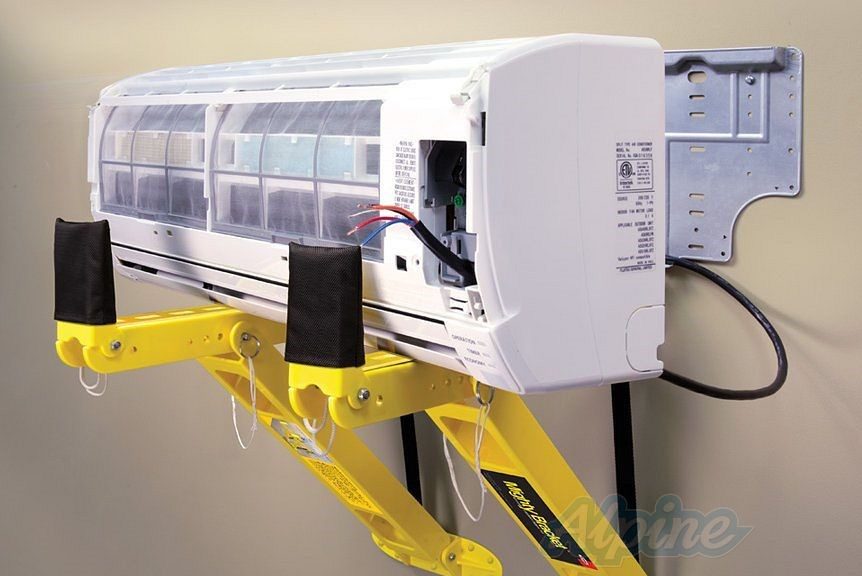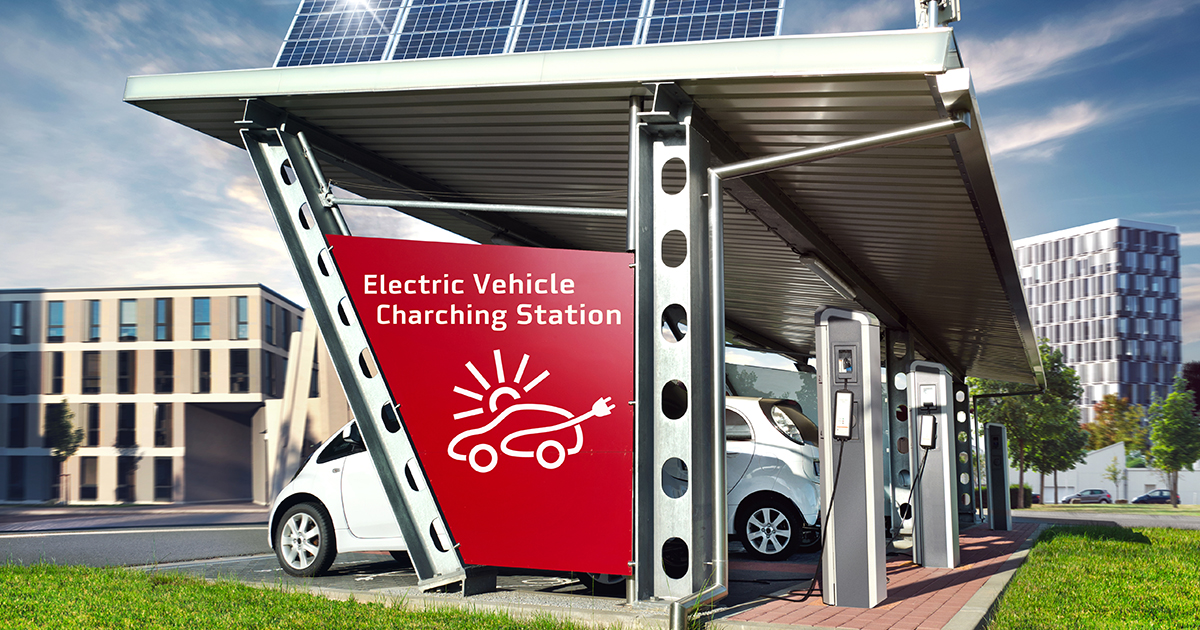
Internet of Things : what do users want?
Connected objects are everywhere: in the office, on the worksite, and in the home. But to live up to what they promise, connected objects must meet users’ expectations.
On the worksites, says VCF Innovation Director Trino Beltran, they are not really tailored to the needs of the workers; but they are very useful when they simplify the transfer of information between the worksite and the design office.
Promotelec has carried out a survey to assess the impact of connected objects on housing units in France.
The main finding is that the home is considered primarily as a protected space in which people feel completely safe. Connected objects must be easy to use, help with daily life and save time.
Surprise: the thermostat is perceived as the entry point for connected objects in the home. However, an experiment carried out in 60 units within an apartment building showed that their occupants do not expect smart thermostats to reduce their energy consumption.
The main function expected of such thermostats is:
- remote control of the heating
- roller blind
- video-surveillance systems.
Despite this positive perception, there are several substantial obstacles to widespread use of connected objects in the home. First, the French are prepared to adopt them provided they are affordable. 83% of respondents said that these objects are for those “who have the money to pay for them.”
In addition, concerns about privacy, health and loss of control of data remain powerful obstacles to the spread of connected objects in the home. The recent response to the Linky electricity meter shows the importance of providing a clear and comprehensive explanation of what such objects do.
And at the office?
SOGEPROM, the property subsidiary of the Société Générale, has a demonstrator, the Ampère+ building in La Défense. It is there to show two things: asset value and use value. For the end user, the office is living space. Developers are increasingly specifying that properties receive the WELL label, which focuses on well-being and indoor air quality. SOGEPROM is continuing its experiments in close conjunction with industry, and plans to carry out building management analysis to measure user satisfaction and system performance.
In a nutshell, if the use of connected objects is to spread, they must meet three criteria: safety, cost and simplicity.
Did you like the article ?


